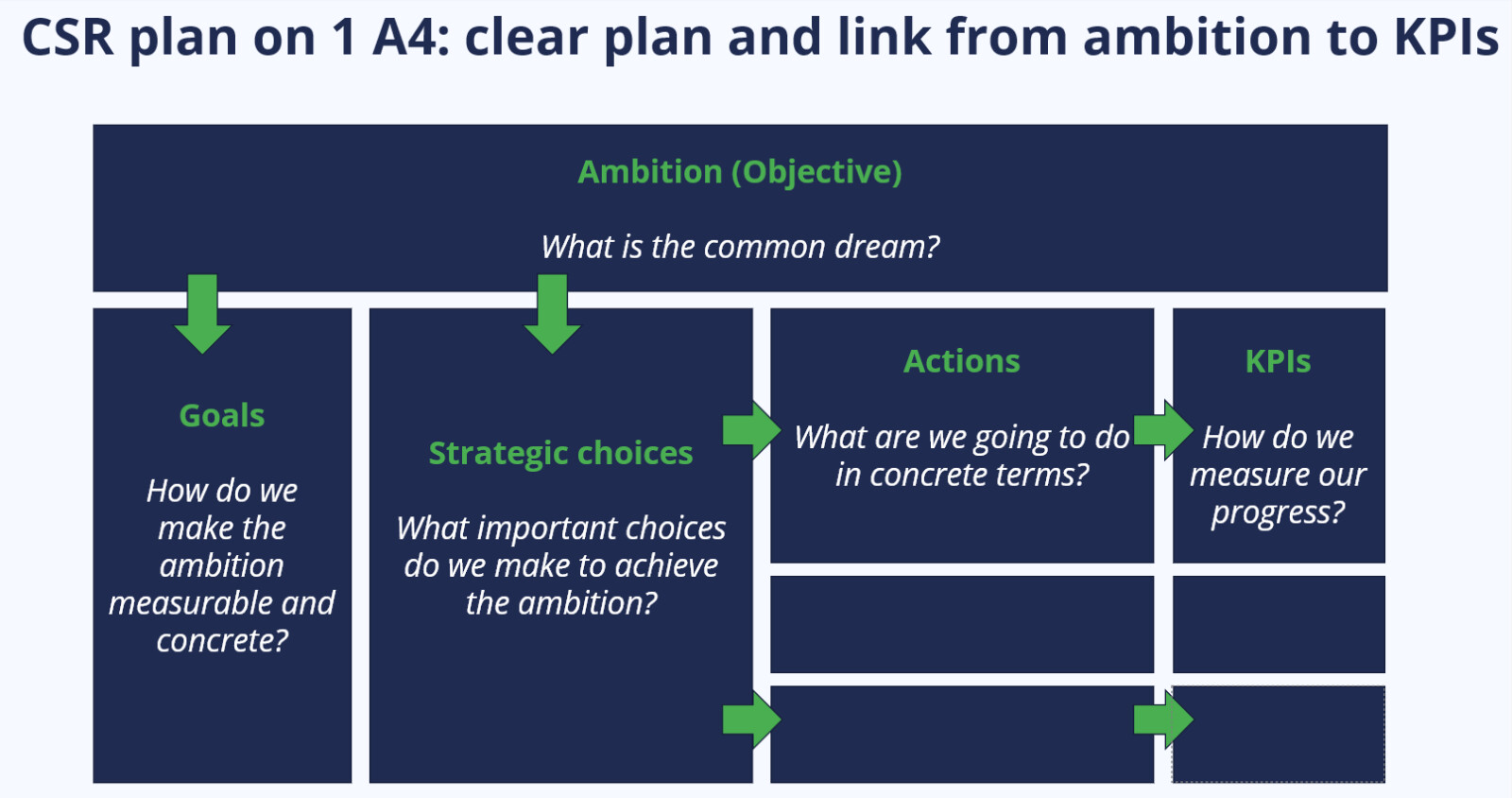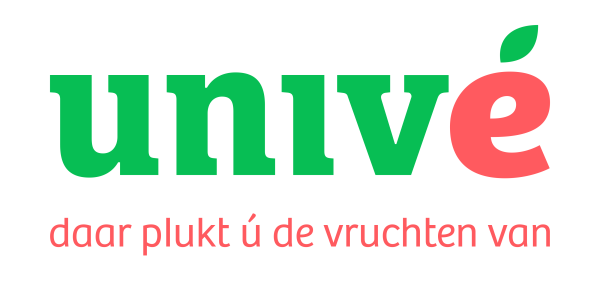Sustainable Strategy
Strategy is a prioritised set of choices and actions. It defines what your organization will do — and equally important, what it won’t do. As Michael Porter said: “The essence of strategy is choosing what not to do.”
To stay relevant and future-proof, companies must now look beyond traditional value creation. Sustainability is no longer a separate track — it must be at the heart of business strategy. This means aligning your mission, vision and operations with environmental and social challenges. “Humanity’s 21st-century challenge is to meet the needs of all within the means of the planet.” — Kate Raworth
Why strategy must evolve
Companies today face growing risks and opportunities linked to:
- Environmental shifts (climate change, biodiversity loss, scarcity of materials)
- Social expectations (labor conditions, human rights, customer welfare)
- New stakeholders and regulatory demands (e.g. CSRD, CSDDD)
These trends are changing the rules of the game. Leading companies don’t resist them; they embrace them as drivers of innovation, resilience, and stakeholder trust.
Our approach: from ambition to action
We help organizations define and embed a sustainability strategy by guiding them through the following steps:
- Double Materiality Assessment
Understand which sustainability topics matter most — from both an impact and financial perspective. - Formulate your sustainability ambition
Define a compelling vision: Where do you want to be in 5–10 years? - Set strategic priorities and goals
Select where to focus, what to stop doing, and what will create the most value. - Define actions and metrics
Break your strategy down into measurable, actionable steps (short/mid/long term). - Visualize your strategy
A powerful CSR strategy can be visualized on just one A4. We support you in defining a clear, focused Corporate Social Responsibility (CSR) plan that aligns with your company’s core business objectives, as well as applicable regulatory frameworks (e.g. CSRD).

We start with a review of your mission, vision, and current strategy, followed by the identification of key environmental, social, and governance (ESG) topics most relevant to your business, both from an impact and a financial perspective. This ensures alignment with regulatory expectations and your real-world risks, opportunities, and responsibilities.
The result: a clear, one-page CSR roadmap—ideal for internal alignment, external communication, and long-term planning.
Whether you're just starting or refining your strategy, this compact plan helps turn ESG ambition into actionable priorities with business and societal value.
Curious how this could look for your organization?
Reach out to: Ulrike de Jong | +31651072464 | ulrike@toscatribe.nl
contact


















